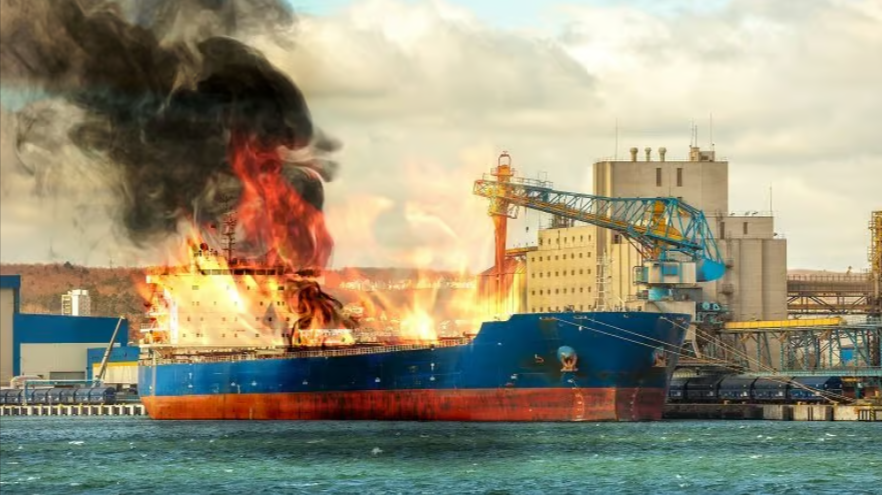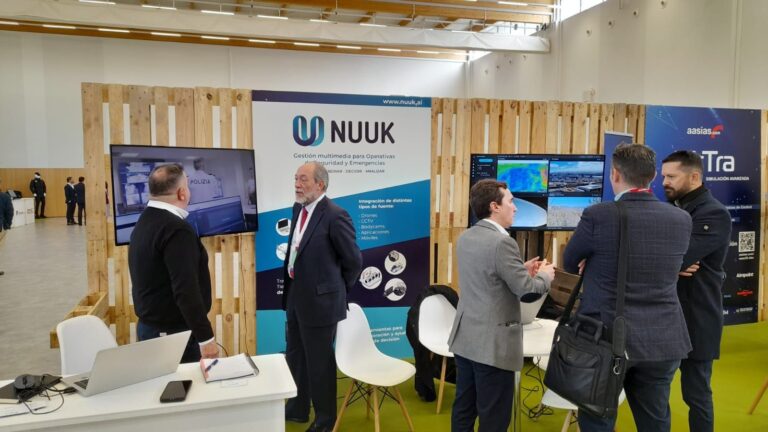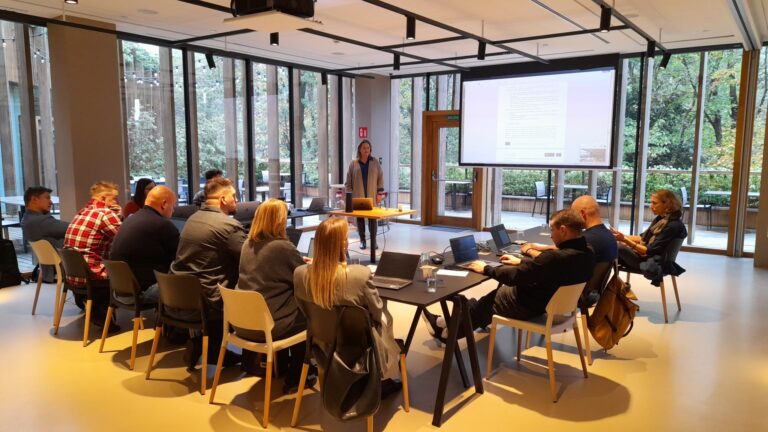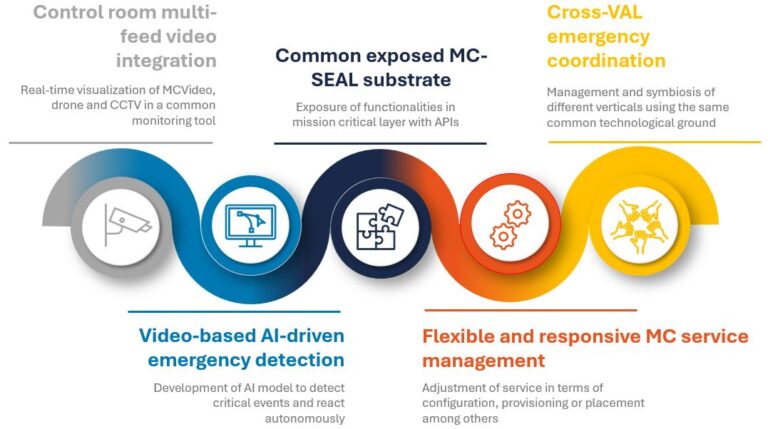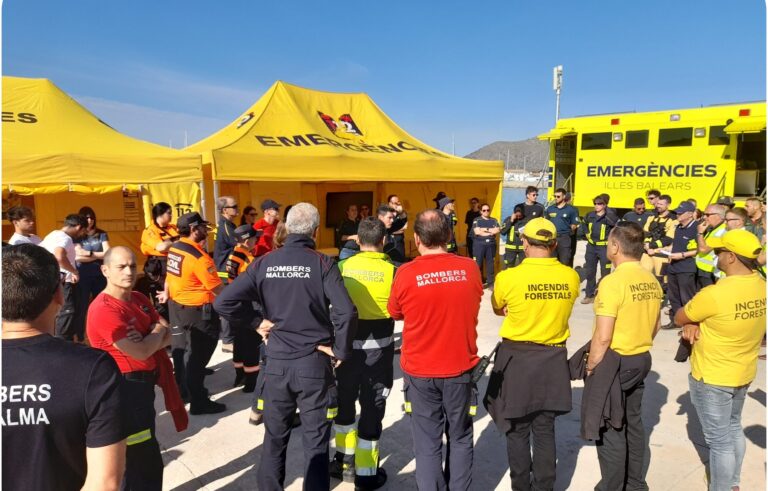A port is a logistics and industrial hub where many stakeholders collaborate and constitutes one of the main economic centers that drives activity at the regional, national, and international levels.
When an incident occurs, we witness an increase in the human and technical resources deployed in the area. The goal is to contain the crisis, reduce its impact, and allow the facility to return to normal operations.
Coordination between its different resources is key, but today, it is difficult due to the lack of interoperability and diversity of the technical resources used.
It is up to crisis rooms or, at a lower level, forward command posts to coordinate all resources. Today’s control and crisis rooms rely heavily on already implemented hardware systems and are often inflexible to incorporate new sources of information “on the fly” or allow for the same visualization at other locations within the port by each stakeholder.
Communication between services often relies on audio communication transmitted over dedicated radio channels, and visualization tools rely on a network of sensors, often fixed (CCTV cameras). Furthermore, it is difficult to integrate new sources of information from response teams deployed in the field.
On the other hand, we are increasingly seeing the deployment of drone platforms by rescue teams. They provide valuable information to aid decision-making while limiting personnel exposure, making them essential tools for emergency operations.
These platforms can be aerial, land-based, maritime, or underwater. They can intervene in any phase of rescue operations and carry a wide range of sensors.
However, the data produced by these platforms often remains local and not available to all emergency operations personnel. The various control rooms do not benefit from this data due to the lack of operational hardware systems and the lack of real-time transmission capabilities.
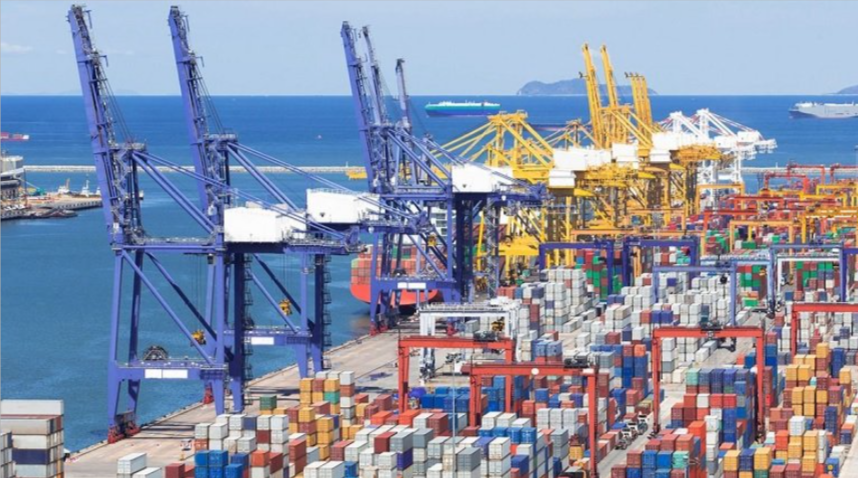
In Europe, nearly 1,200 seaports account for 90% of Europe’s cargo trade, and 328 of these belong to the “European Trans-European Transport Network,” the backbone of European trade.
According to ESPO, the annual investment required by European ports is €5 billion (from 2018 to 2027), of which 8% is maritime access and 4% is ICT and Digital Infrastructure.
ESPO considers security investments to be a subset of maritime access. Therefore, considering 1/10 of maritime access and 1/5 of ICT that could be dedicated to improving security, we can estimate a tentative market of €60-80 million annually.
Industrial ports face many types of risks that disrupt their normal operations. These can be natural risks (storms, earthquakes, etc.), industrial risks (fire, chemical contamination, explosions, etc.), or social risks (malicious acts, terrorism).
Ports typically have an intervention plan detailing the procedures to be implemented in the event of each type of incident.
Depending on the magnitude of the incident, port resources are gradually deployed, and if the port’s capacity is exceeded, external teams such as firefighters, police, or specialized teams are requested to intervene, deploying their own resources.
Coordination is carried out through command posts and crisis rooms responsible for overall site management. Often, coordination is limited to audio and/or text communication and data provided by static sensors placed in the area.
Joint Efforts
Nuuk Technologies and Interdrones Services are joining forces to create a new SafeSea360 platform, supported by the European H2020 GALATEA (Blue Growth) Project.
SafeSea360 is a collaborative 360° Crisis Surveillance and Management platform that enables different actors to achieve real-time situational awareness of various emergency and SAR (Search & Rescue) situations, supported by existing data sources and a multi-drone platform.
These sources provide the platform with real-time video, audio, sensors, and images, enabling agile visualization of situational awareness for all stakeholders involved, without the need to deploy additional hardware in the crisis room.
SafeSea360° consists of FlexControl, a collaborative software platform developed by Nuuk Technologies, and a multi-drone network, a tactical bubble, developed and integrated by Interdrones Services.
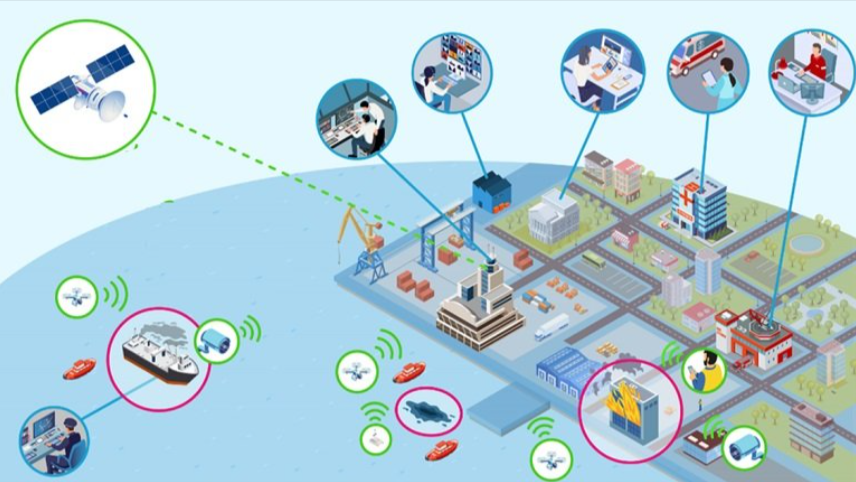
Real-time information is essential to improve decision-making efficiency, reduce response times, and enhance the productivity of all stakeholders.
This constitutes the value proposition of our service for end users.
Since crises are dynamic situations where every second counts, we require agile and flexible platforms.
With the goal of promoting a digital transition, we propose a cloud-based collaborative software platform that reuses existing visualization infrastructure and integrates information resources from all stakeholders (CCTV cameras, desktop applications, sensors, etc.), thus aiding in the circular economy.
Situational awareness is powered by a real-time, multi-environment drone platform, providing accurate information from all angles (aerial, surface, and underwater drones). Since crisis events are mission-critical situations, we complement our platform with robust communications that will connect the entire drone fleet to the civil 4G network.
Innovation
SafeSea360 is designed with a disruptive approach that utilizes new technologies for existing problems such as port fires, SAR, oil spills, and more.
The integration of all the components is an unprecedented approach that provides 360° information from all angles to all stakeholders without the need to implement a new control room infrastructure.
Regarding the software platform, the innovations are new technologies in the following areas:
- Application of web technology and internet transmission to new areas that currently only communicate through talkies, telephones, and use closed networks to exchange images.
- Application of a cybersecurity layer to enable complete security in the exchange of critical information in real time over the internet without corporate network boundaries.
- Application of distributed visualization technologies that reuse existing devices (screens, tablets, smartphones, smart TVs) anywhere to build virtual crisis rooms without the need for additional hardware deployment.
The current situation in control rooms is very limited by the hardware implemented in video walls (graphics cards, switches, displays, KVM switches, network configuration, etc.). The systems are very closed and focused on fixed information sources. They are not flexible enough to enable new sources, such as real-time citizen smartphone feeds or drone feeds, among others. Visualizing such information outside of crisis rooms is difficult, and it is not possible to share it with other external actors.
Regarding multi-drone fleets, many applications already exist with individual isolated drone types. The novelty comes with aggregating the entire fleet, providing different individual capabilities and building a networked fleet. The current state of the art requires drone platforms to rely on each vehicle obtaining point-to-point information rather than on a fleet. Our scenario has only been tested in defense environments but has not been implemented for civilian purposes.
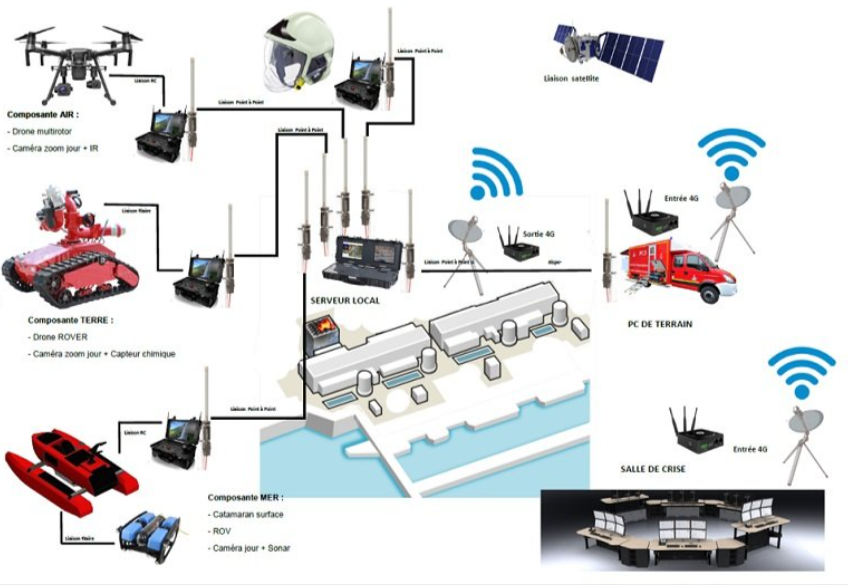
The 360° platform represents a major step forward for all partners’ product and service offerings.
The current project deploys a set of components in a complex environment where many stakeholders need to cooperate and exchange information.
Port authorities, operators, tugboats, stevedores, pilots, coast guards, firefighters, police, hospitals, and ambulances are all stakeholders who need to cooperate during critical events.
The infrastructure is already in place for regular operations, but it must reach the entire community to improve response time, reduce losses, reduce the environmental footprint, or improve life savings.
A port is a logistics hub where many assets move, and many stakeholders must cooperate during critical events. This constitutes an interesting scenario where the SW platform, integrated with multi-environment drone systems, can provide a 360° platform everywhere, for everyone, at any time.
Benefits and Impact
SafeSea360º will help ports in their digital transition plans and will be an initiative in their commitment to the circular economy, as it reuses existing hardware deployed in the port.
According to IDC and the McKinsey Global Institute, the use of collaboration in professional environments increases productivity by 20-25%. In a crisis, it can be crucial to reduce response time and make more effective decisions.
The economic impact of our project is therefore twofold: (i) improved on-site productivity and crisis cost mitigation; (ii) less time and money spent during the disaster and less damage.
Safety is economically and environmentally efficient: our platform does not require on-premises hardware as it is cloud-based, limiting the resources consumed. Drones have a low environmental impact, especially compared to airplanes or helicopters, commonly used by Sea Rescue, Ports, or Navies. By replacing some of the tasks normally performed by helicopters or airplanes, we achieve lower greenhouse gas emissions and greater savings during operations.
Next Steps
While the platform allows for various use cases, within the framework of the GALATEA project, we will apply it to the following use cases:
- a fire in a port hangar,
- a rescue at sea,
- an oil spill near a port.
In fact, in the coming weeks, SafeSea360 will be tested in real-world environments such as the Port of Bilbao (Spain) and the Port of La Rochelle (France). In both cases, external users such as 911 and the fire department will connect to the tests from their Crisis Rooms.
